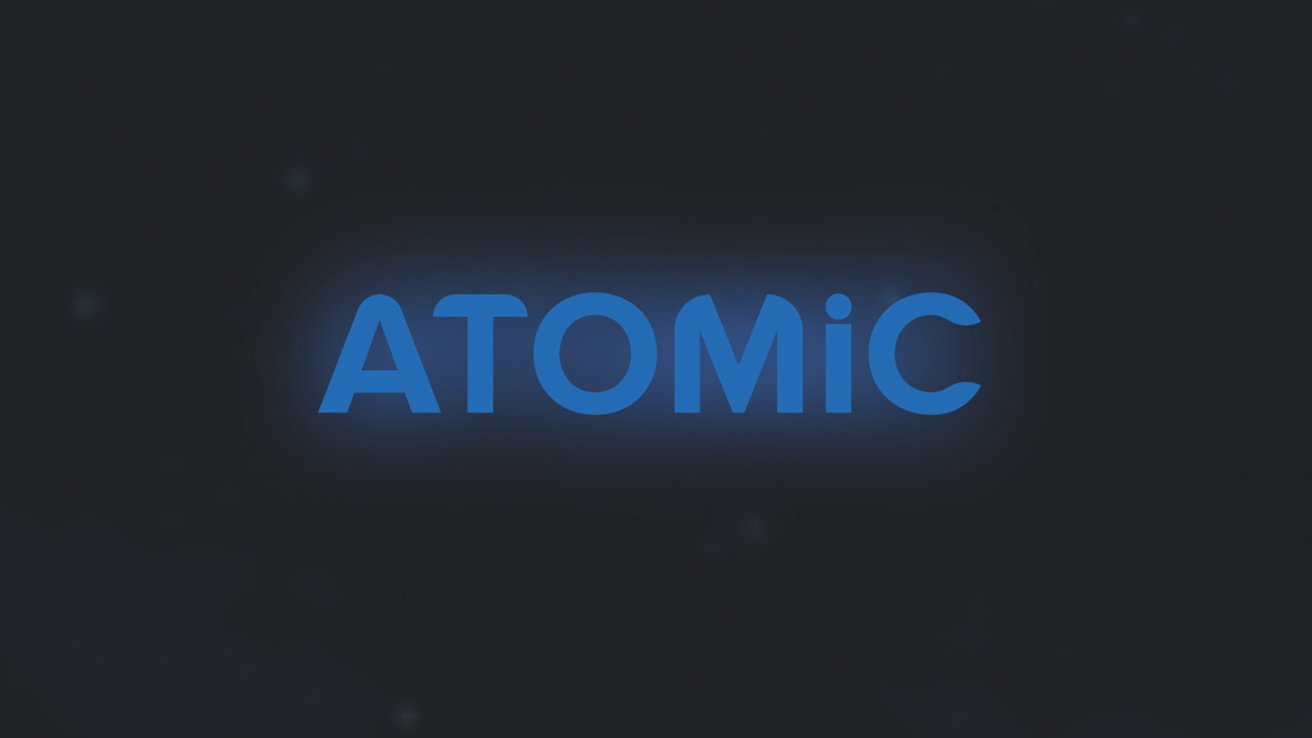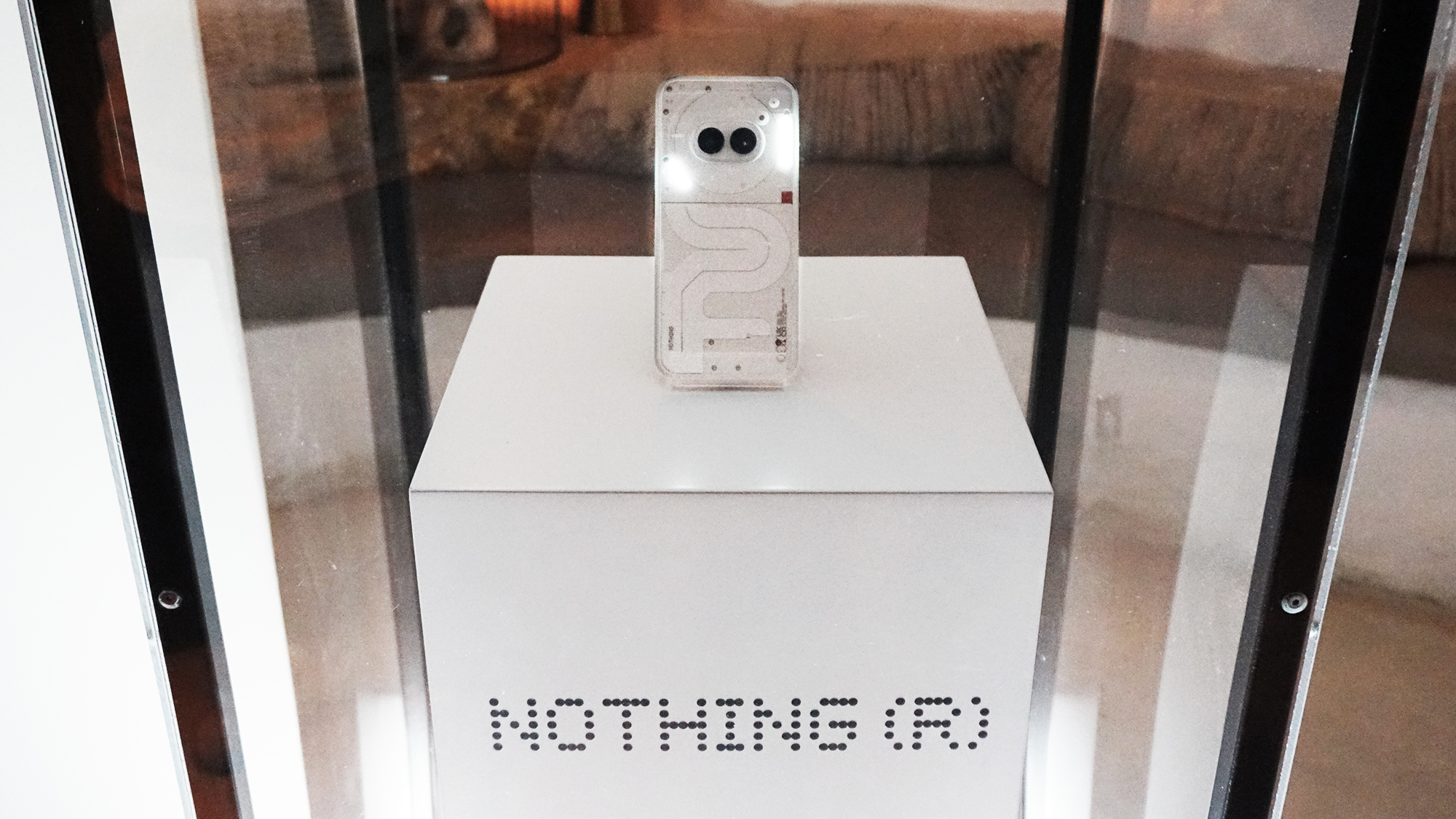
Escaping the Data Trap: How Opinions Unlock True Innovation
Originally appeared here:
iPhone Creator Suggests Opinions Drive Innovation, not Data
Go Here to Read this Fast! iPhone Creator Suggests Opinions Drive Innovation, not Data


Escaping the Data Trap: How Opinions Unlock True Innovation
Originally appeared here:
iPhone Creator Suggests Opinions Drive Innovation, not Data
Go Here to Read this Fast! iPhone Creator Suggests Opinions Drive Innovation, not Data



Atomic Stealer hides in illegitimate software downloads, gets into macOS through user error, and stays hidden using scripts while it steals sensitive data. It’s a relatively new malware identified in 2023, but now it is evolving to be harder to detect.
According to Bitdefender, a new variant of Atomic Stealer is showing up in its routine verifications for discovering malware in the wild. It seems this version hasn’t been widely reported since it is found in surprisingly small files of about 1.3 MB.
Go Here to Read this Fast! New Atomic Stealer malware variant harder to detect in macOS
Originally appeared here:
New Atomic Stealer malware variant harder to detect in macOS
Google has been quietly striking deals with some publishers to use new generative AI tools to publish stories, according to a report in Adweek. The deals, reportedly worth tens of thousands of dollars a year, are apparently part of the Google News Initiative (GNI), a six-year-old program that funds media literacy projects, fact-checking tools, and other resources for newsrooms. But the move into generative AI publishing tools would be a new, and likely controversial, step for the company.
According to Adweek, the program is currently targeting a “handful” of smaller publishers. “The beta tools let under-resourced publishers create aggregated content more efficiently by indexing recently published reports generated by other organizations, like government agencies and neighboring news outlets, and then summarizing and publishing them as a new article,” Adweek reports.
It’s not clear exactly how much publishers are being paid under the arrangement, though Adweek says it’s a “five-figure sum” per year. In exchange, media organizations reportedly agree to publish at least three articles a day, one weekly newsletter and one monthly marketing campaign using the tools.
Of note, publishers in the program are apparently not required to disclose their use of AI, nor are the aggregated websites informed that their content is being used to create AI-written stories on other sites. The AI-generated copy reportedly uses a color-coded system to indicate the reliability of each section of text to help human editors review the content before publishing.
Google didn’t immediately respond to a request for comment. In a statement to Adweek the company said it was “in the early stages of exploring ideas to potentially provide AI-enabled tools to help journalists with their work.” The spokesperson added that the AI tools “are not intended to, and cannot, replace the essential role journalists have in reporting, creating and fact-checking their articles.”
It’s not clear what Google is getting out of the arrangement, though it wouldn’t be the first tech company to pay newsrooms to use proprietary tools. The arrangement bears some similarities to the deals Facebook once struck with publishers to create live video content in 2016. The social media company made headlines as it paid publishers millions of dollars to juice its nascent video platform and dozens of media outlets opted to “pivot to video” as a result.
Those deals later evaporated after Facebook discovered it had wildly miscalculated the number of views such content was getting. The social network ended its live video deals soon after and has since tweaked its algorithm to recommend less news content. The media industry’s “pivot to video” cost hundreds of journalists their jobs, by some estimates.
While the GNI program appears to be much smaller than what Facebook attempted nearly a decade ago with live video, it will likely raise fresh scrutiny over the use of generative AI tools by publishers. Publications like CNET and Sports Illustrated have been widely criticized for attempting to pass off AI-authored articles as written by human staffers.
This article originally appeared on Engadget at https://www.engadget.com/google-is-reportedly-paying-publishers-thousands-of-dollars-to-use-its-ai-to-write-stories-215943624.html?src=rss
Originally appeared here:
Google is reportedly paying publishers thousands of dollars to use its AI to write stories


Go Here to Read this Fast! The Nothing Phone 2a was just shown off in person. And we were there
Originally appeared here:
The Nothing Phone 2a was just shown off in person. And we were there




Go Here to Read this Fast! Wendy’s will experiment with dynamic surge pricing for food in 2025
Originally appeared here:
Wendy’s will experiment with dynamic surge pricing for food in 2025


Originally appeared here:
Hackers backed by Russia and China are infecting SOHO routers like yours, FBI warns
XRP has formed a lower timeframe range.
A breakout past $0.6 would not guarantee a continued uptrend.
Ripple [XRP] saw a bullish structure break twelve days ago but was yet to break the $0.5
The post XRP prepares for $0.6 breach, but when? appeared first on AMBCrypto.
Go here to Read this Fast! XRP prepares for $0.6 breach, but when?
Originally appeared here:
XRP prepares for $0.6 breach, but when?
Strike expands Bitcoin services to Africa, addressing financial challenges. Introduction of Strike Africa offers Bitcoin-based solutions in nations with high inflation. The move signifies Strike’s commitment to global financial inclusion and innovation. Strike, the Bitcoin-focused payments application, is making waves as it extends its full suite of services to the African continent, marking a strategic […]
The post Strike expands Bitcoin services to Africa appeared first on CoinJournal.
Go here to Read this Fast! Strike expands Bitcoin services to Africa
Originally appeared here:
Strike expands Bitcoin services to Africa
PEPE price rose more than 50% to lead top meme coins Dogecoin and Shiba Inu. The frog-themed meme token is now above Solana-based Bonk in market cap. Pepe (PEPE) has had the most bullish reaction to Bitcoin’s massive spike on Monday. The meme coin, which had taken a backseat as Solana-based meme tokens stole the […]
The post PEPE jumps 54% to lead meme coins as cryptocurrencies rally appeared first on CoinJournal.
Go here to Read this Fast! PEPE jumps 54% to lead meme coins as cryptocurrencies rally
Originally appeared here:
PEPE jumps 54% to lead meme coins as cryptocurrencies rally